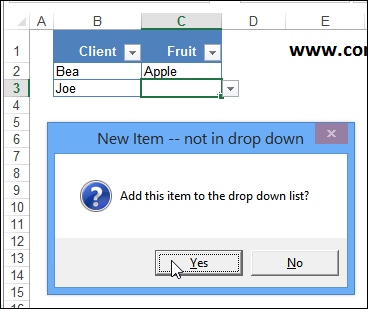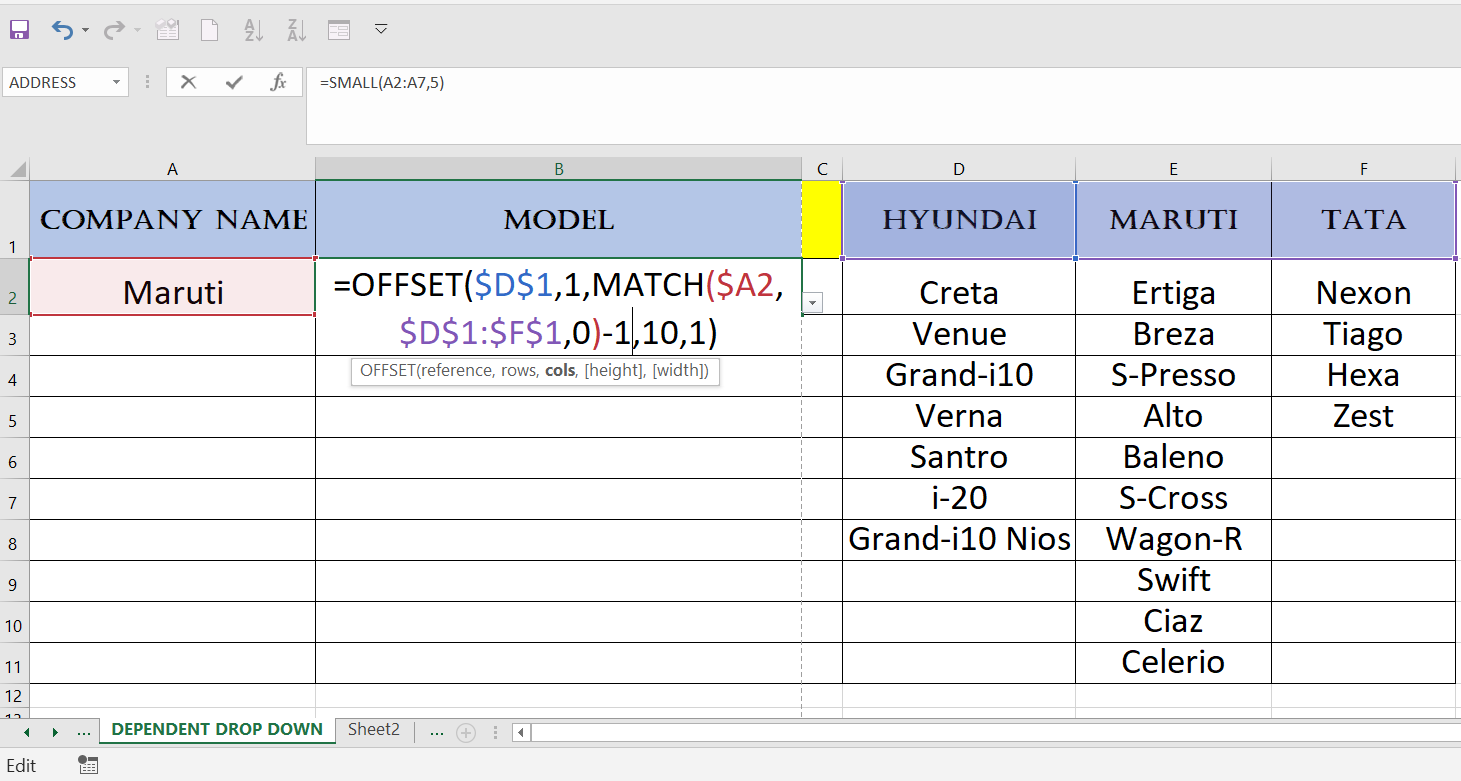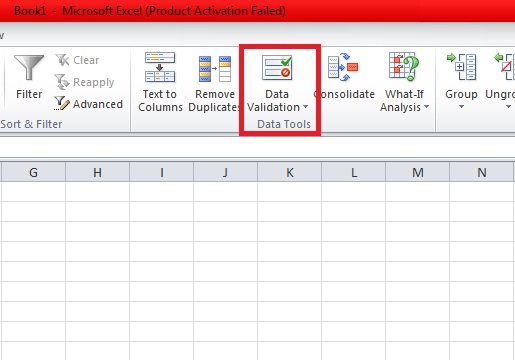
Drop down list in excel how to#
In this method, we will see how to extract data or filter data based on a drop-down list selection in excel. Excel Drop Down List Filter to Extract Data Read more: How to Create Dependent Drop Down List in ExcelĢ.
Drop down list in excel manual#
If they try to enter their own data, they’ll receive an error message.Ī bit of manual effort to setup, but if you’re creating an Excel form that you want users to complete, this can save massive amounts of time and ensure that the data you capture is uniform and correct.

Your users can now only select from one of the options in the drop-down list. You can only see the drop-down…if you click on the cell.

If you uncheck this option, Excel still forces users to enter only list values (A1:A4), but it won’t present a drop-down list. Make sure the In-Cell Dropdown option is checked. Alternately, you can also enter the reference (=$A$1:$A$4). (See, they’re everywhere.)Ĭlick the Source control to add your cursor, and then drag your mouse to highlight cells A1:A4. (You can position the drop-down list in most any cell or even multiple cells.) Choose Validation from the Data menu.Ĭhoose List from the Allow option’s drop-down list. Next, you’ll want to select the position of your drop-down list. Similarly, you can enter the items in a single row, such as A1:D1. To get started, you’ll need to create a list. Create the list in cells A1:A4. In Excel, the option to create a drop-down list is in the Data Validation feature.

Whatever the use case, this is a quick tip for generating drop-down lists to make that data entry just a little bit easier. Sometimes you may want to send out a spreadsheet for your users to fill out, or maybe you find yourself tracking repetitive data and want an easier way to collect information on your own. Why would you want to add a drop-down list to an Excel spreadsheet, and not just create a form or a Power App? Well, you could do that if it better meets your needs - but sometimes you want something quick and easy within the app you’re working with, and then simply share out a link or, if it’s within one of the latest versions of Office, do some co-editing.

I included in in the October 2019 Productivity Tips webinar, which you can find on the blog, on the CollabTalk YouTube page, or jump to the video tip by clicking here. This is a great tip mentioned in a TechRepublic article ( check it out) that I came across while looking for instructions on how to accomplish this - and I thought I’d share. In my Productivity Tips webinars with Tom Duff ( we often share tips that come from others within the community, and I always love giving shout-outs to those folks.


 0 kommentar(er)
0 kommentar(er)
